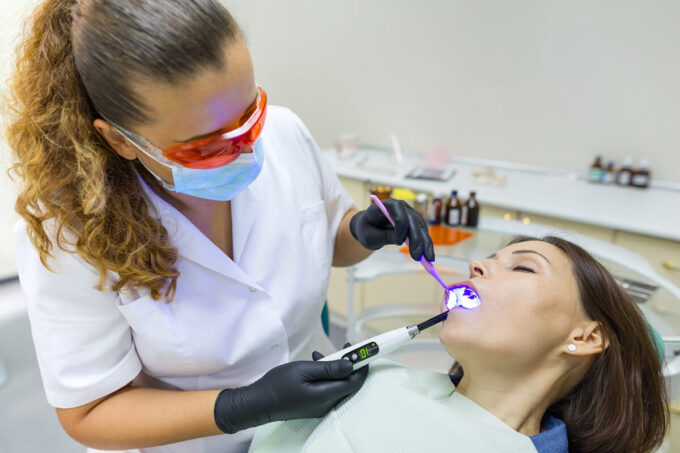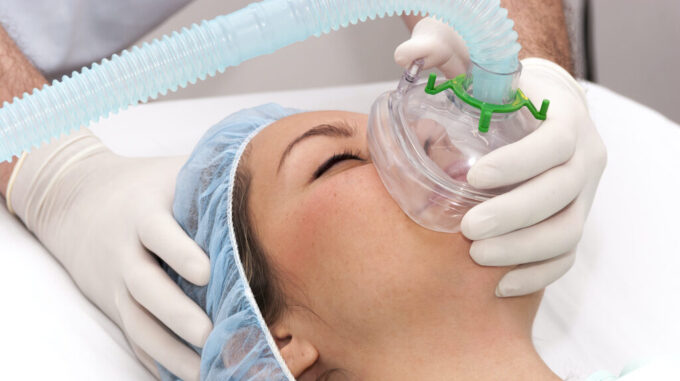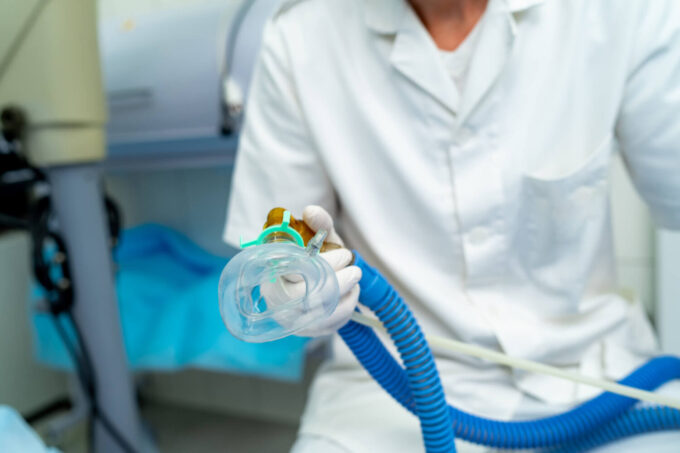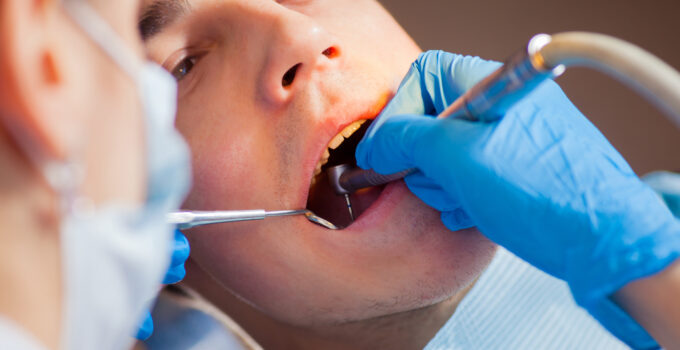Dental and medical procedures have improved greatly and become less painful than ever before. One substantial progress that has improved patient experience is the existence of various sedation options. Sedation can make any medical procedure, from a simple physical to a more involved surgery, much more tolerable. But which type of sedation is the best? This guide will examine the many forms of sedation that can be applied.
What are the Best Types of Sedation?

Source: hebronsmiles.com
It depends on many factors, like the medical procedure, the patient’s health condition, allergies, and previous sedative reactions. There are several types of sedation:
Minimal Sedation (Anxiolysis)
It relaxes a patient and allows them to respond normally to verbal commands. You can use it for minor procedures, which won’t affect your breathing or heart.
- Oral Sedatives. They’re usually benzodiazepines like Diazepam or Lorazepam. In addition to reducing anxiety, they slightly impair memory. The patient:
○ Totally awake and alert
○ Responds to verbal instructions normally.
○ After the procedure, the effects fade quickly.
- Inhaled Sedatives. In dental procedures, nitrous oxide (“laughing gas”) is commonly used. It’s a quick-acting sedative. The patient:
○ Feels relaxed or euphoric when awake.
○ Responds to verbal instructions normally.
○ A short-acting drug, effects wear off immediately.
Moderate Sedation

Source: yoursalemdentist.com
Sedation allows patients to respond to light verbal or tactile stimuli purposefully. The stuff is used for colonoscopies. It’s possible the patient won’t remember the procedure.
- Oral Sedatives. Oral benzodiazepines in higher doses, sometimes combined with pain relievers. The patient:
○ Sleepy but not deeply sedated
○ Responds to verbal or light tactile stimulation.
○ The recovery time varies; most patients are alert within a few hours.
- IV Sedatives. Drugs like Midazolam or Propofol are injected intravenously. Their effects are easy to control, and they act fast. The patient:
○ Relaxed, may drift into sleep.
○ Response time is slower, but stimulation can get them going.
○ Recovery time varies; it can last several hours.
Deep Sedation

Source: nsbendo.com
Patients under deep sedation can’t be easily woken up, but they can respond to repeated or painful stimulation. More invasive procedures often use this type.
- IV Sedatives. Moderate sedation using higher doses of drugs, often with analgesics. The patient:
○ Nearly unconscious and deeply sedated
○ Cannot be easily awakened, but they can respond.
○ Depending on the agent and dose, recovery can take a while.
- Inhalational Anesthetics. Used in some cases but at lower doses than general anesthesia. The patient:
○ Not easily woken up from a sleep-like state.
○ It’s possible to respond to repeated or painful stimulation.
○ Requires longer recovery time.
General Anesthesia

Source: greenvilleoralsurgery.com
It’s usually used for major surgeries when a patient is unconscious. There’s no memory or awareness of the procedure.
- Intravenous Agents. Drugs like Propofol, Etomidate, or Ketamine cause Unconsciousness. The patient:
○ Totally unconscious
○ No response to anything
○ Recovery time varies depending on surgery length.
- Inhalational Anesthetics. The unconsciousness is maintained with gasses or vapors like Sevoflurane or Isoflurane.
○ Totally unconscious
○ There’s no response, not even to pain.
○ Recovery varies based on surgical needs.
- Muscle Relaxants. It’s used for intubation and surgery. The patient:
○ In the dark
○ There’s no voluntary movement or response.
○ It lasts until it’s reversed or metabolized.
Regional Anesthesia

Source: yapmt.org
Regional anesthesia involves numbing specific areas of the mouth or face to perform dental surgeries or complex extractions painlessly.
- Local Infiltration. Directly inject local anesthetic into the gum tissue around the tooth. Fillings and tooth extractions are commonly done using this technique. The patient:
○ The patient remains fully conscious and alert.
○ The mouth is numb, but it’s normal.
○ The numbness usually lasts for the entire dental procedure; it goes away within a few hours.
- Nerve Blocks. Injecting local anesthetic near jaw nerves numbs a large area of your mouth, like one side of your lower jaw. When wisdom teeth need to be removed, this is used. The patient:
○ The patient stays awake and conscious.
○ Nerve block affected areas don’t feel normal in unnumbered areas.
○ Depending on the anesthetic, it can last several hours.
If you’re about to have a procedure that will require sedation,and it happens that you’re living in the state of Arizona you’d be wise to search for a sedation dentistry near me in Phoenix and find the best solution possible.
What is the Best Type of Sedation?

Source: westervilledental.com
The decision to use sedation during dental procedures depends on both the severity of the procedure and the patient’s anxiety level. Nitrous oxide (laughing gas) is recommended for its minimal sedative effects and its widespread application in dental settings.
Why go for Nitrous Oxide minimal sedation?
- Relaxation. Significantly reduces nervousness and pain during dental work.
- Safety. Provides a high level of safety with little to no interference with core physiological processes.
- Cooperation. Patients are still alert and able to follow instructions.
- Memory. Minimal memory of the procedure, reducing potential trauma.
- Recovery. Rapid recovery times mean patients can go home soon after their surgery.
What is the Most Effective Sedative?
Midazolam is widely regarded as a powerful and well-tolerated sedative in the field of dentistry. It’s effective for more extensive oral procedures when used for moderate sedation. Dentists and oral health professionals regulate and oversee its use.
What is the Safest Form of Sedation?
If you need to have dental work done but are worried about feeling any pain or anxiety, your best bet is still using a minimal sedation technique like nitrous oxide. Its convenience and speedy healing time make it the treatment of choice for many dental procedures.
What is the Strongest Sedative Known?

Source: coliseumdentalwc.com
The deep sedation provided by barbiturates makes them ideal for use in oral surgery. Due to their potency and risks, they are only used in cases of extensive or complex oral surgery and always under close medical supervision.
What Type of Sedation Put You to Sleep?
General anesthesia is used for oral procedures that require a deeper level of sedation, such as certain oral surgeries. It puts the patient to sleep, effectively knocking them out. This is typically only done during extremely invasive dental procedures.
What is a Good Mild Sedative?
In dentistry, diazepam is used frequently as a mild sedative because of its reputation for calming anxious patients. The soothing mood it creates is perfect for patients with dental anxiety undergoing light to moderate dental work.
Last Word
Sedation is a must if you want a medical or dental procedure to go smoothly and comfortably. You can have the best possible experience by consulting with your healthcare provider, discussing your preferences, and thinking carefully about your medical history. It’s easy to get the treatments you need with the right sedation.
It’s easy to believe in the positive effects of a bright, healthy smile. High-quality dental care with an emphasis on sedation dentistry can be found at many locations if you know where to look.
Not all dental offices out there are the same. You need to find those with a goal to make your visit to the dentist pleasant and relaxing. Seek offices with warm and welcoming staff to help you feel at ease and leave with a smile on your face.







